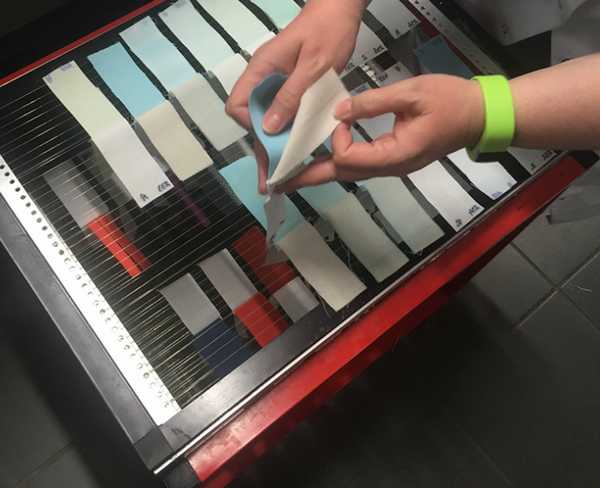- Qinsun Instruments Co., Ltd.
- Tell:+86-21-6780 0179
- Phone:+86-17740808215
- Address:No. 2578 Minhang District Gu Dai Road, Shanghai
- Contact:Mr. Li
- QQ:846490659
How does the washing fastness tester help in evaluating the colorfastness of textiles?

Color fastness of textiles refers to the ability of textiles not to change color during use due to washing, dry cleaning, rubbing, light and other factors. The level of color fastness directly affects the quality and service life of textiles, and also relates to the health and safety of consumers. Therefore, the color fastness test for textiles is necessary.

Washing fastness meter is an instrument specially designed to test the color fastness of textiles to washing or dry cleaning. It can simulate various conditions that textiles may encounter in actual use, such as temperature, time, liquid, friction, etc., in order to assess the washing resistance of textiles. The washing fastness tester can be tested according to different standards, such as GB/T3921.1-5, ISO105, AATCC, etc., or custom settings can be made according to the user's needs.
The testing principle of washing fastness meter is to sew the textile specimens together with the specified lining fabric into a stainless steel cup containing a mixture of steel beads, soap or soap solution and anhydrous sodium carbonate, and then mechanically agitated by rotation of the stainless steel cup at the specified time and temperature. When the test is completed, the specimen is washed and dried, and then the discoloration of the specimen and the staining of the lining fabric are evaluated using a gray card or instrument.

A washing fastness tester can help evaluate the color fastness of textiles because it reflects whether the textile will fade or discolor after washing or dry cleaning, and whether it will stain other fabrics. This information can help producers improve dyes and processes to improve product quality, and can help consumers choose the right textiles to avoid damage or harm.





